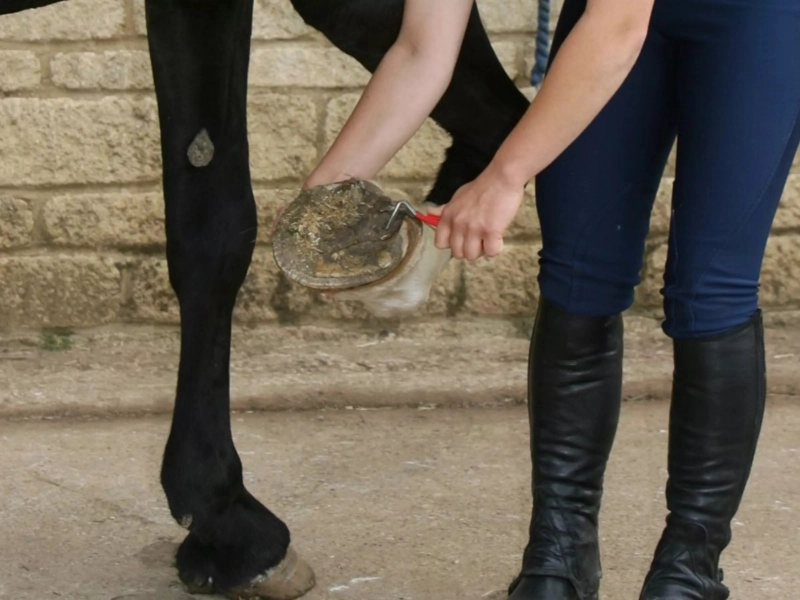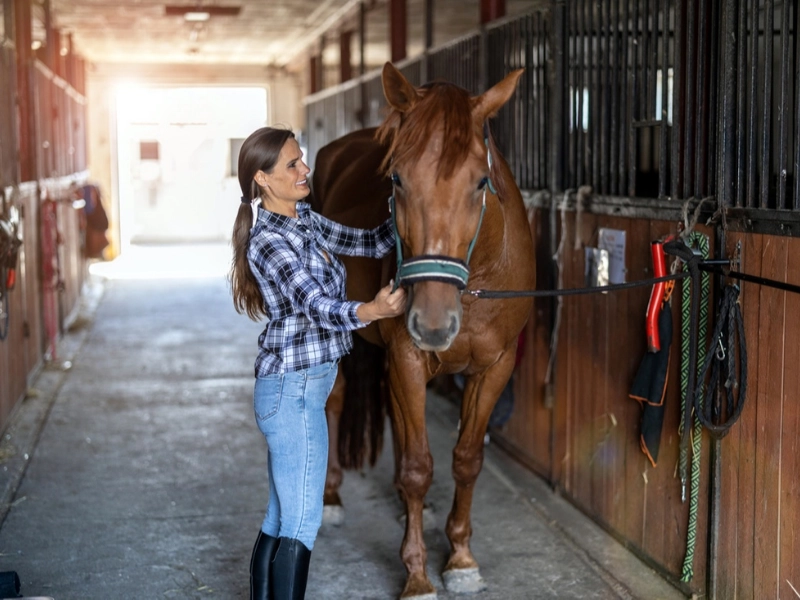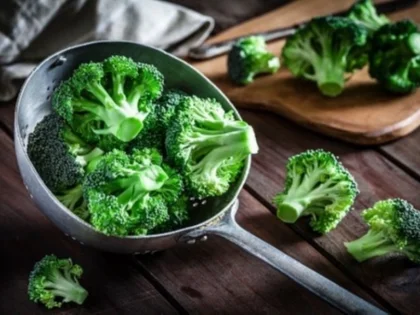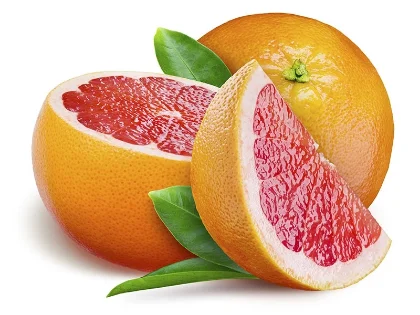Horse Hoof Care: Essential Knowledge For Every Rider
A robust and healthy hoof is essential for maintaining your horse's soundness, as any horse owner is aware. You can make sure your horse's feet are in optimal condition by using FormaHoof and other cutting-edge hoof care products, together with regular monitoring and a precise diet. In normal circumstances, feel the frog's warmth to gauge its strength. It should be somewhat heated, but not scorching, and feel firm.
Consuming

Examining
 Numerous problems can affect a horse's hooves. Common issues like white line disease and thrush can negatively impact your horse's hoof balance, performance, and enjoyment of life.
The condition of your horse's hooves depends on routine foot washing and examination. It's crucial to choose the foot carefully and safely throughout this operation to avoid getting your fingers or toes caught under the shoe.
Make sure to look at the frog and the foot's collateral groove. It is also critical to examine the exterior of the hoof and note any anomalies, such as bruises, cracks, or loose shoes. This daily check-up results in a happier horse with less downtime from hoof-related problems.
Numerous problems can affect a horse's hooves. Common issues like white line disease and thrush can negatively impact your horse's hoof balance, performance, and enjoyment of life.
The condition of your horse's hooves depends on routine foot washing and examination. It's crucial to choose the foot carefully and safely throughout this operation to avoid getting your fingers or toes caught under the shoe.
Make sure to look at the frog and the foot's collateral groove. It is also critical to examine the exterior of the hoof and note any anomalies, such as bruises, cracks, or loose shoes. This daily check-up results in a happier horse with less downtime from hoof-related problems.
Cutting
 Regular hoof trimming is necessary to maintain the best possible condition for horses' hooves. This entails pruning off overgrowth and protecting the coronet, sole, and frog from harm and illness. Additionally, it's critical to carefully examine the hooves to ensure that they are strong enough to sustain the weight of the horse without getting too short or cracked.
The frog is a vital component of the hoof that pumps blood; hence, it must be handled with extreme caution. The horse may experience issues such as a unilateral shift in load during midstance and a decrease in medial-lateral balance if the frog is overtrimmed.
To help foals become used to future encounters with shoeing and clipping, it is important to desensitise them early on to having their feet touched and tapped. This is a step in the imprinting process. Horses can maintain their best hoof health with frequent hoof cleanings to remove compacted manure, a proper diet, and hygienic living conditions.
Regular hoof trimming is necessary to maintain the best possible condition for horses' hooves. This entails pruning off overgrowth and protecting the coronet, sole, and frog from harm and illness. Additionally, it's critical to carefully examine the hooves to ensure that they are strong enough to sustain the weight of the horse without getting too short or cracked.
The frog is a vital component of the hoof that pumps blood; hence, it must be handled with extreme caution. The horse may experience issues such as a unilateral shift in load during midstance and a decrease in medial-lateral balance if the frog is overtrimmed.
To help foals become used to future encounters with shoeing and clipping, it is important to desensitise them early on to having their feet touched and tapped. This is a step in the imprinting process. Horses can maintain their best hoof health with frequent hoof cleanings to remove compacted manure, a proper diet, and hygienic living conditions.
Avoidance
 The hooves are the intricate structures that support a horse's entire body over a limited surface area. It's critical to comprehend how they function in order to enhance your horse's performance and overall health.
Good hoof health depends on preventative measures including daily cleaning, routine farrier trims, a balanced diet, and working with an experienced equine veterinarian. However, hoof problems can still arise even with optimal procedures.
For example, trauma, dehydration, or inadequate nutrition can cause horizontal fissures in the hoof walls that do not extend to the coronary band. They may also be the result of an illness known as thrush, or white line disease, which invades frogs and leaves them lame. It smells foul and oozes.
Before each ride, Deb Simone cleans Lovey's feet to prevent infection-causing bacteria, splits, and cracks in the hoof. She feels that the additional costs associated with neglecting the feet, such as those for the farrier and veterinarian, are significantly higher than an ounce of preventative.
The hooves are the intricate structures that support a horse's entire body over a limited surface area. It's critical to comprehend how they function in order to enhance your horse's performance and overall health.
Good hoof health depends on preventative measures including daily cleaning, routine farrier trims, a balanced diet, and working with an experienced equine veterinarian. However, hoof problems can still arise even with optimal procedures.
For example, trauma, dehydration, or inadequate nutrition can cause horizontal fissures in the hoof walls that do not extend to the coronary band. They may also be the result of an illness known as thrush, or white line disease, which invades frogs and leaves them lame. It smells foul and oozes.
Before each ride, Deb Simone cleans Lovey's feet to prevent infection-causing bacteria, splits, and cracks in the hoof. She feels that the additional costs associated with neglecting the feet, such as those for the farrier and veterinarian, are significantly higher than an ounce of preventative.








